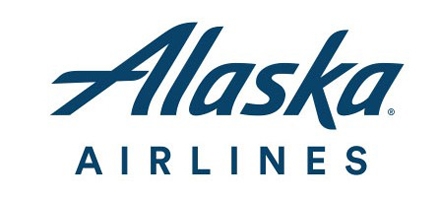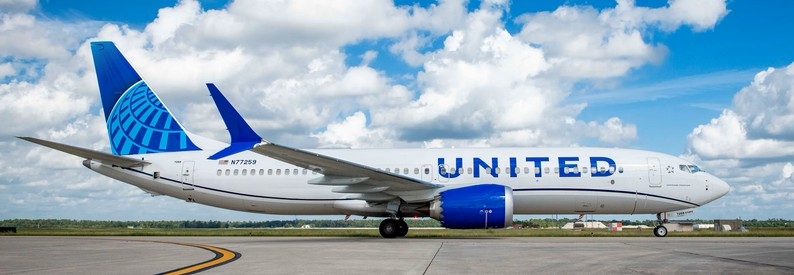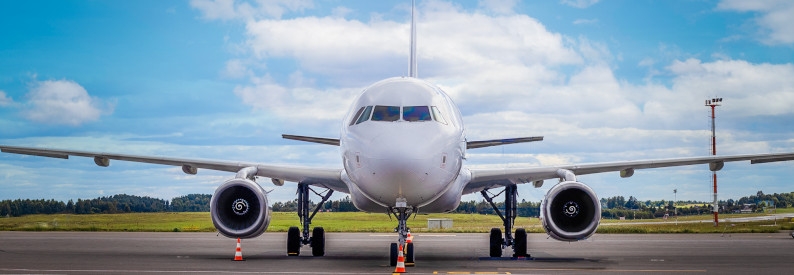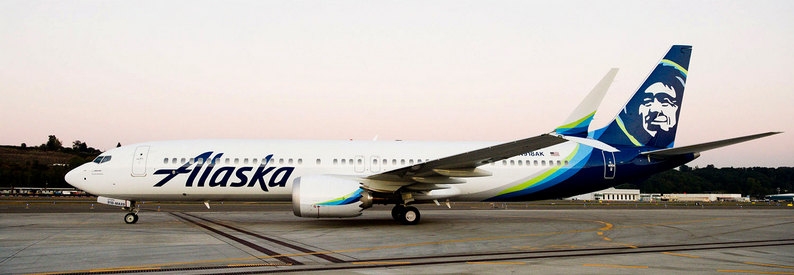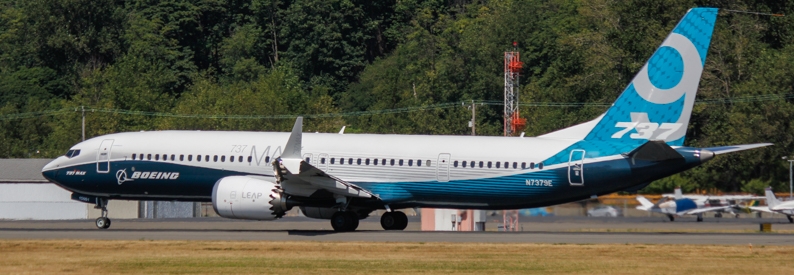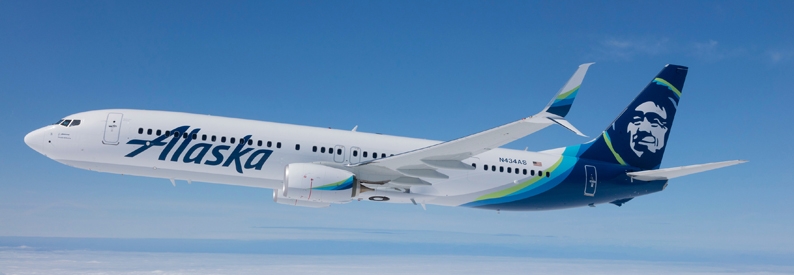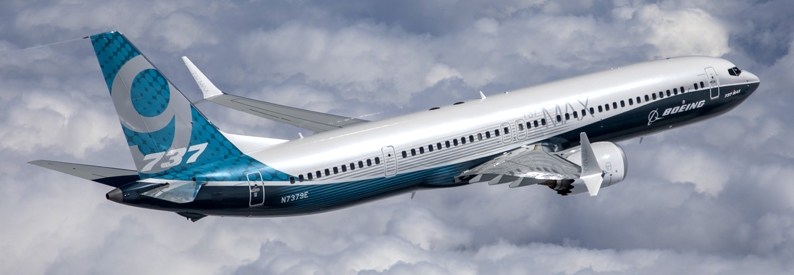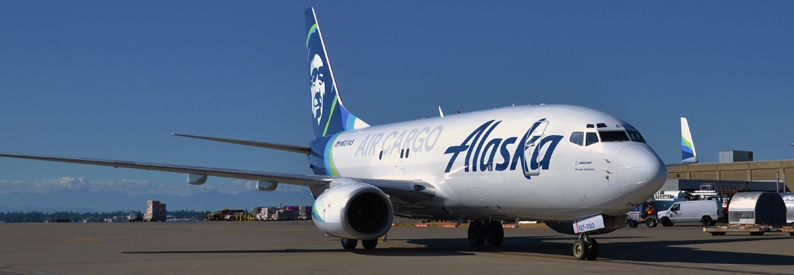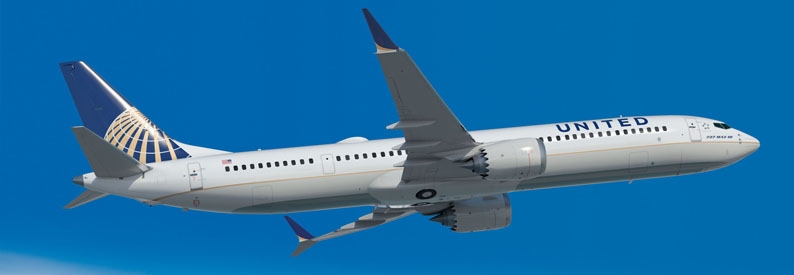Alaska Airlines (AS, Seattle Tacoma International) has accelerated the phase-out of its ten A321-200N, inherited from Virgin America, and plans to retire them by the start of the final quarter of 2023, Chief Financial Officer Shane Tackett said during a quarterly earnings call.
"September 2023 will be the final month we operate the Airbus fleet. At this point, we will retire the last ten A321neo from what was at one point a 72-aircraft fleet. This cements our future as a single-fleet operator by 2024. And as a result of this acceleration, we expect to incur approximately USD300 million to USD350 million in special fleet transition charges through the end of the year," he said.
The carrier's A321-200Ns are currently 5.1 years old on average and were all ordered by Virgin America prior to its acquisition by Alaska Air Group, although six were delivered directly to Alaska Airlines post-merger, according to the ch-aviation fleets module. The A321neo were previously scheduled to leave the fleet by the end of 2023. The ch-aviation fleets ownership module shows that all ten are dry-leased: four from Jackson Square Aviation, two each from GECAS/AerCap and SMBC Aviation Capital, one from Merx Aviation Finance, and one from an unknown lessor.
The carrier plans to conclude all financial transactions related to the phase-out by mid-year.
"[We are in] late-stage discussions with a bunch of parties, lessors, financial firms, other airlines, and our objective is to paper the transaction for the ten aircraft by the end of the second quarter," Senior Vice-President (Fleet & Finance) Nathaniel Pieper said.
The A321neo's accelerated exit follows the retirement of all ten A319-100s in 2020 and the last of fifty-three A320-200s in early 2023.
The airline is transitioning to a single-family mainline passenger fleet comprising B737 MAX exclusively. It currently operates forty-five B737-9s, alongside eleven B737-700s, sixty-one B737-800s, twelve B737-900s, and seventy-nine B737-900ERs. It plans to replace the B737NGs with more MAX gradually - it has firm orders for ten B737-8s, forty-two B737-9s, and forty-eight B737-10s. It said last year that it could eventually expand the B737 MAX to fleet to over 250 aircraft, depending on the market evolution.
Chief Executive Ben Minicucci emphasised during the investor call that the rollover from A320s to B737-9s has added 28 additional seats per aircraft, which "allows [Alaska Airlines] to unlock growth efficiencies without adding departures within an already constrained operating environment".
